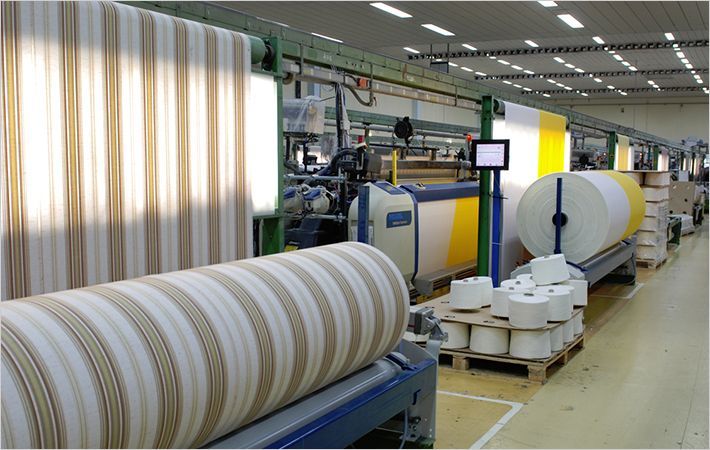The overall production of nonwovens in Europe grew by 3.6 per cent in 2015 to reach 2,329,000 tonnes, despite an economic slowdown, according to the preliminary 2015 annual statistics of Edana, the leading global association serving the nonwovens and related industries. While the output of the European Union has limited growth, some countries showed strong growth development.
Jacques Prigneaux, Edana's Market Analysis and Economic Affairs Director said “A country like Turkey continued to record double-digit growth, which more than compensated for the decline recorded in some other European markets.”The overall production of nonwovens in Europe grew by 3.6 per cent in 2015 to reach 2,329,000 tonnes, despite an economic slowdown, according to the #
Divergent trends can be observed, not only between the different Greater European markets, but also between the various production processes of nonwovens. The production of fibre-based materials for example, including Drylaid, Wetlaid, and Airlaid technologies, recorded an increase of 3.1 per cent, and spunmelt nonwovens recorded the highest growth rate with 4.3 per cent. Nevertheless, the highest growth in tones were observed in the drylaid-hydroentangled process, with a 7 per cent increase.
“For the first time, the volumes of air-through bonded materials are disclosed in our annual statistics, thanks to an expansion and improvement in the collection of data.” Prigneaux said.
Although the main end-use for nonwovens continues to be the hygiene market, with a 31 per cent share of deliveries (717,200 tonnes), the most significant growth areas for nonwovens in 2015, by tonnage sold, were recorded in automotive (+9 per cent), agriculture (+11 per cent), personal care wipes (+11 per cent), food & beverages (+12 per cent), and air and liquid filtration (+17 per cent). Countering this however, major declines were recorded in interlinings, coating substrates, and some applications for the construction markets.
“Trends in surface area can be different, as the product's weight is also important. As a result, Edana also compiles data in square metres, giving our member companies the opportunity to follow this evolution year over year,” Prigneaux emphasized.
Pierre Wiertz, General Manager of Edana said “For more than 40 years, the EDANA production statistics have been the cornerstone of intelligence for our member companies, offering a unique view into the industry – the most comprehensive report of its kind in the world – thanks to the exhaustive annual survey and direct input from nonwoven producers.” (SH)
Fibre2Fashion News Desk – India

